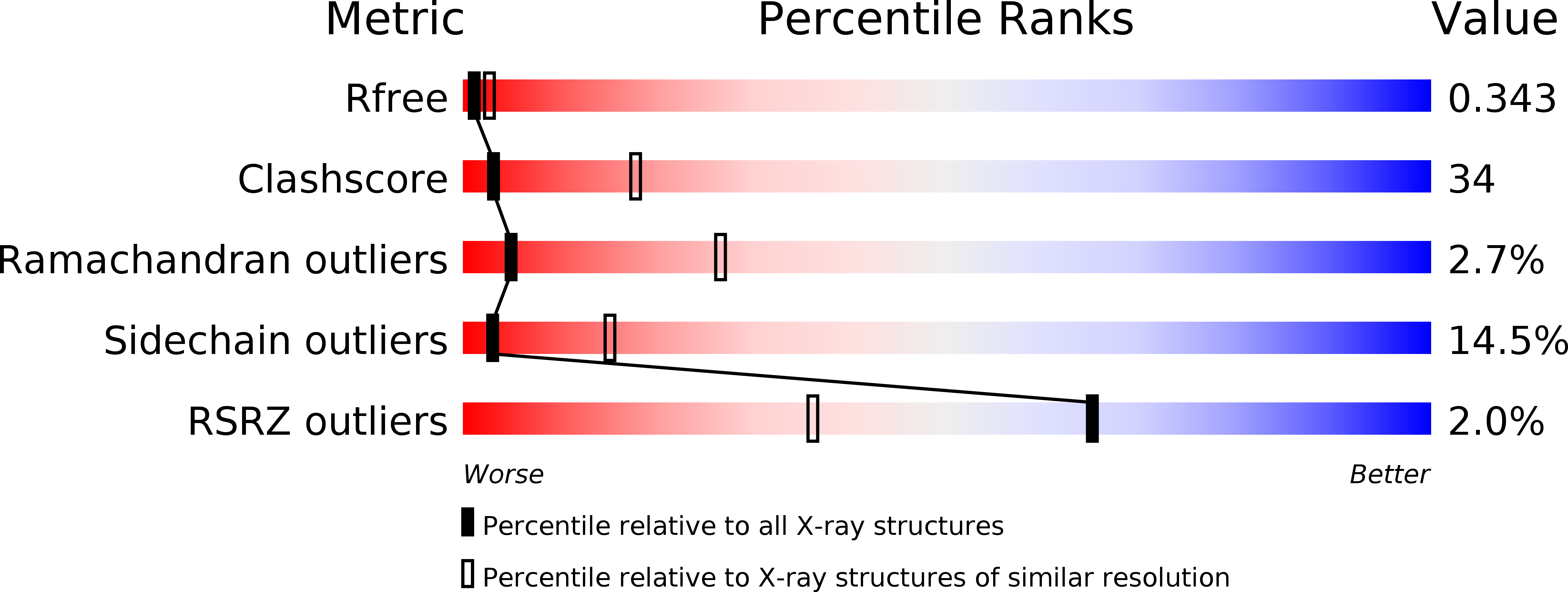
Deposition Date
2012-02-22
Release Date
2012-04-11
Last Version Date
2023-09-13
Entry Detail
Biological Source:
Source Organism:
Arabidopsis thaliana (Taxon ID: 3702)
Host Organism:
Method Details:
Experimental Method:
Resolution:
3.00 Å
R-Value Free:
0.34
R-Value Work:
0.25
R-Value Observed:
0.25
Space Group:
P 1 21 1


